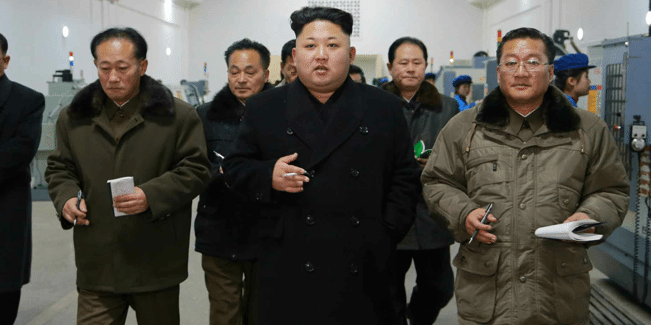About the Author
Fyodor Tertitskiy
Fyodor Tertitskiy is a lecturer at Seoul’s Korea University. He is the author of "Accidental Tyrant: The Life of Kim Il-sung" and several other books on North Korean history and military.

Get behind the headlines
|
Analysis Leader, Sun, Mentor, Guide: How North Korean leaders choose their titlesGreat care is taken to give North Korea’s supreme leadership a sufficiently exalted set of monikers  When Kim Jong Il died, the North Korean leadership faced the unexpected: the process of Kim Jong Un being anointed as successor had just began and was far from complete. Pyongyang had to rush to promote the young Kim to all necessary positions. Kim Jong Un had to be appointed supreme commander of the Korean People’s Army, the first secretary of the Workers’ Party of Korea, the chairman of the Military Commission of the Workers’ Party of Korea, the first chairman of the National Defense Commission and marshal of the DPRK (a promotion from mere general of the army). Apart from that, the youngest Kim had to obtain the main attribute of North Korean rulers: a number of personal titles. The titles had to be created quickly and not to be the same as his father and grandfather. Before I proceed with the story, I should make one remark: Unfortunately, the common English translations of titles of the Kim dynasty are not completely accurate. For example, the word “leader” is used to translate three different Korean words, and the word “general” is used both to describe the four-star rank as well as a mere top commander in the army. Therefore, in order to precisely reflect the original Korean, I have to improvise. © Korea Risk Group. All rights reserved. |